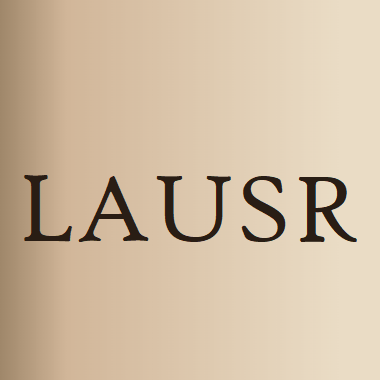
Acquiring labeled training examples for hyperspectral images (HSI) is an expensive task, and even labeling one more pixel requires a real-time field survey of tens of square meters. Therefore, it… Click to show full abstract
Acquiring labeled training examples for hyperspectral images (HSI) is an expensive task, and even labeling one more pixel requires a real-time field survey of tens of square meters. Therefore, it is highly demanded to achieve satisfactory accuracy for an HSI classification method when the number of labeled examples is extremely limited. However, most of the existing methods lack the ability to handle extremely sparse labeled data. To overcome this issue, we propose a novel graph-based framework for HSI classification, termed “dynamic spectral–spatial Poisson learning” (DSSPL). Specifically, three measures are used to enable the proposed model suitable for the situation of extremely limited labeled data. First, Poisson learning (PL) is adopted for predicting labels on a graph, as it can prevent undesirable constant output labels of traditional label propagation methods and generate more informative label determinations. Second, spectral and spatial graphs are constructed from various features and fused to build a spectral–spatial graph, which exploits comprehensive connective relationships among pixels. Third, in each iteration, the fused graph is dynamically updated by feeding back the up-to-date label information generated by each iteration. The feedback strategy progressively refines the fused graph, and the propagation on the updated graph in turn improves output labels iteratively. Intensive experimental results on three public datasets demonstrate that the proposed DSSPL significantly outperforms other state-of-the-art HSI classification methods when very few pixels (e.g., 3, 5, or 10 of each class) are labeled.
Journal Title: IEEE Transactions on Geoscience and Remote Sensing
Year Published: 2022
Link to full text (if available)
Share on Social Media: Sign Up to like & get
recommendations!